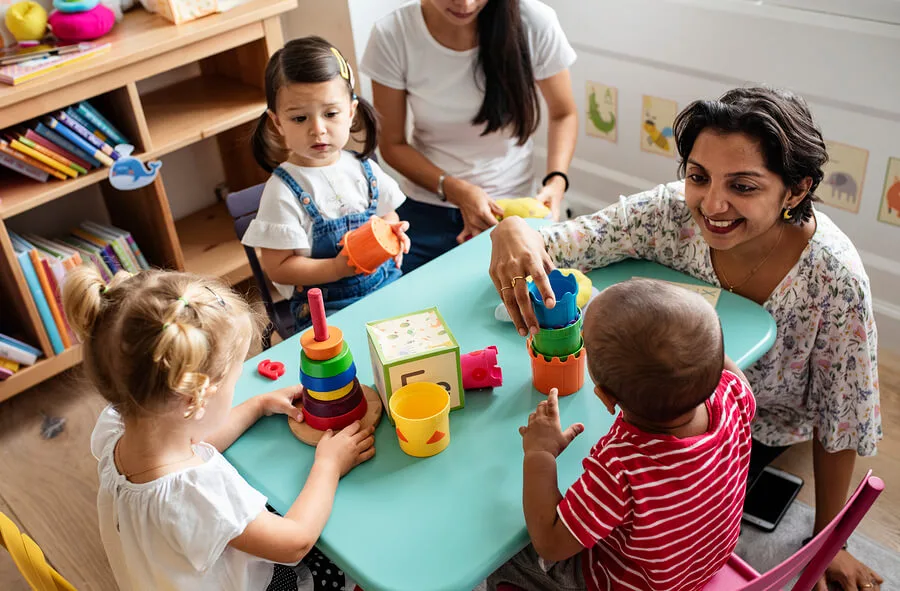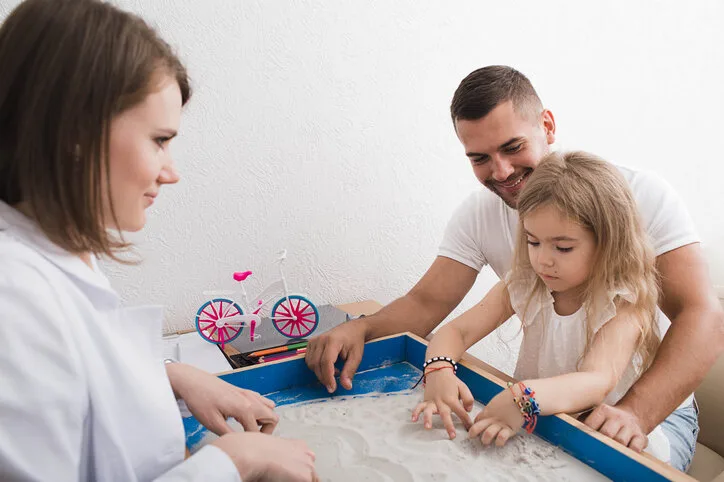Nurturing Young Minds: Nutrition, Behaviour, Learning, and Holistic Health
In the bustling world of parenting, ensuring your child’s physical and mental well-being is a top priority. It’s no secret that what and how children eat can profoundly affect their mood, behaviour, and learning abilities. A balanced, diverse diet, coupled with regular eating patterns, lays the foundation for a happier, more focused child. In this blog, we’ll explore the intricate relationship between nutrition and these aspects of your child’s life, and how incorporating elements of yoga and Ayurvedic lifestyle practices can enhance their overall health.
The Power of a Varied Diet:
Our brains crave a symphony of nutrients to perform optimally. Essential vitamins, fats, amino acids, and minerals are the conductors of this orchestra. To ensure they’re all in harmony, a varied diet is essential. Research, like a comprehensive study of adolescents, underscores that healthier dietary patterns contribute to better moods, whereas unhealthy diets lead to poorer ones. Importantly, poor mood does not necessarily lead to an unhealthy diet, reinforcing the significance of nutrition in shaping emotions and behaviour.
The Importance of Regular Meals:
Eating at regular intervals helps regulate blood sugar levels, impacting hormones that influence mood and concentration. Kids who skip meals, especially breakfast, may exhibit mood swings and behavioural issues. This emphasises the need for consistency in mealtimes to keep your child’s emotional and cognitive gears well-oiled.
Key Nutrients for Brain Health:
Certain nutrients hold a special place in supporting brain function. Iron, zinc, magnesium, iodine, vitamin D, B vitamins, and omega-3 fatty acids play vital roles. While studies focusing on single nutrients often yield disappointing results, it’s crucial to remember that nutrients work in tandem, not isolation.
Omega-3 and Vitamin D: Omega-3 supplements can improve attention in ADHD and reduce irritability in autism. Vitamin D may help alleviate irritability and hyperactivity in autistic children and enhance attention in those with ADHD, particularly if they are deficient. Adequate vitamin D can also be obtained through sensible sun exposure, but supplementation is often beneficial for most children.
Multi-Nutrient Supplements:
For children struggling to maintain a varied diet, multi-nutrient supplements can be beneficial. They offer a wide range of vitamins and minerals, potentially bridging nutritional gaps. Some evidence suggests that children with ADHD, in particular, may benefit from such supplements.
Dietary Fibre for Mood and Learning:
Beyond individual nutrients, dietary fibre plays a pivotal role in gut health and blood sugar regulation. Its positive effects on mood and attention can be profound. A high-fibre breakfast cereal, for instance, can enhance children’s performance in tests of attention and memory.
Dietary fibre and certain fermented foods, like live yoghurt, promote a healthy gut microbiome. This intricate ecosystem in our gut can significantly influence mood and general well-being, even if the mechanisms are not yet fully understood.
Food Intolerance:
It’s worth noting that some children may have food intolerances that impact both mood and behaviour, sometimes accompanied by physical symptoms. If you suspect this, consulting with a healthcare professional is crucial. An exclusion diet, where the suspect food is temporarily removed and then reintroduced, can help identify specific triggers.
Harmony through Yoga and Ayurveda:
While nutrition is a cornerstone of well-being, combining it with holistic practices can further enhance your child’s health. Yoga, with its emphasis on physical postures, breathing exercises, and mindfulness, can promote emotional balance and concentration. Ayurvedic principles, which emphasise individualised dietary choices based on one’s constitution or dosha, can guide you in tailoring your child’s nutrition for optimal results.
In conclusion, nurturing your child’s mood, behaviour, and learning abilities is a multifaceted endeavour. A balanced, diverse diet forms the bedrock of their physical and emotional health. Regular meals and dietary fibre play crucial roles, and supplements may be necessary in some cases.
Don’t hesitate to seek guidance from Ayurvedic lifestyle practitioners for personalised advice. Additionally, integrating elements of yoga and Ayurveda can foster holistic well-being, helping your child thrive in all aspects of life. Jeevaniyam Ayurveda provides proper guidance and diet plans for parents and children. Remember, a healthy body and mind pave the way for a brighter future.










